Acrylic Painting on Canvas Team Bonding Art Jamming Singapore Visual Arts Centre

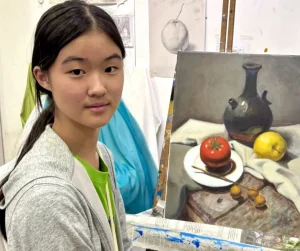






















Yeo Hoe Koon
Oil on Canvas
64 x 89.5 cm
Price Range: $16,000 - $20,000
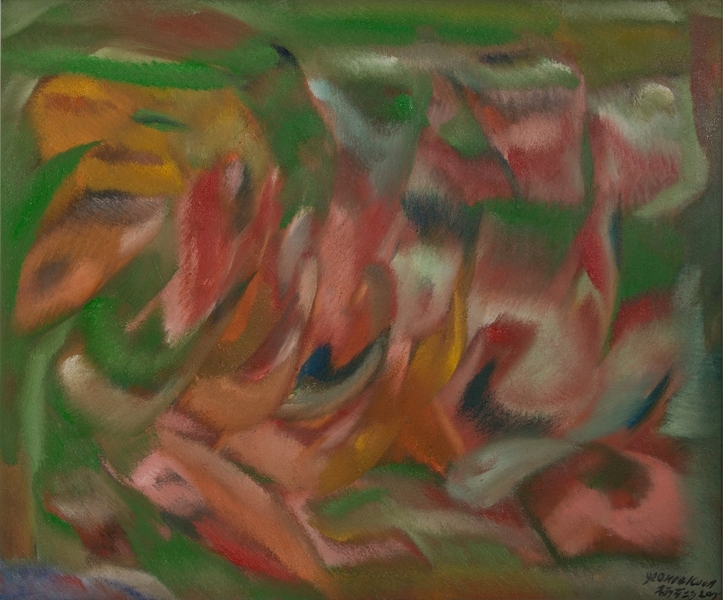
Yeo Hoe Koon
Oil on Canvas
101 x 123 cm
Price Range: $26,000 - $32,000
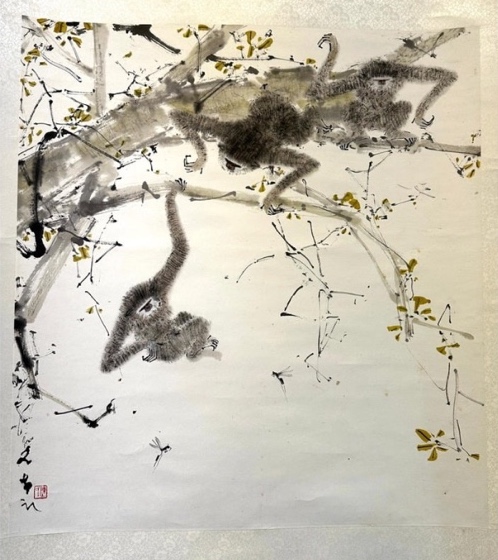
Chen Wen Hsi
Chinese Ink and Color on Paper
50 x 54cm
Price Range: SGD $42,000 - $50,000

Cheong Soo Pieng
Red Tone
61 x 91.5cm
Price Range: SGD $108,000 - $138,000
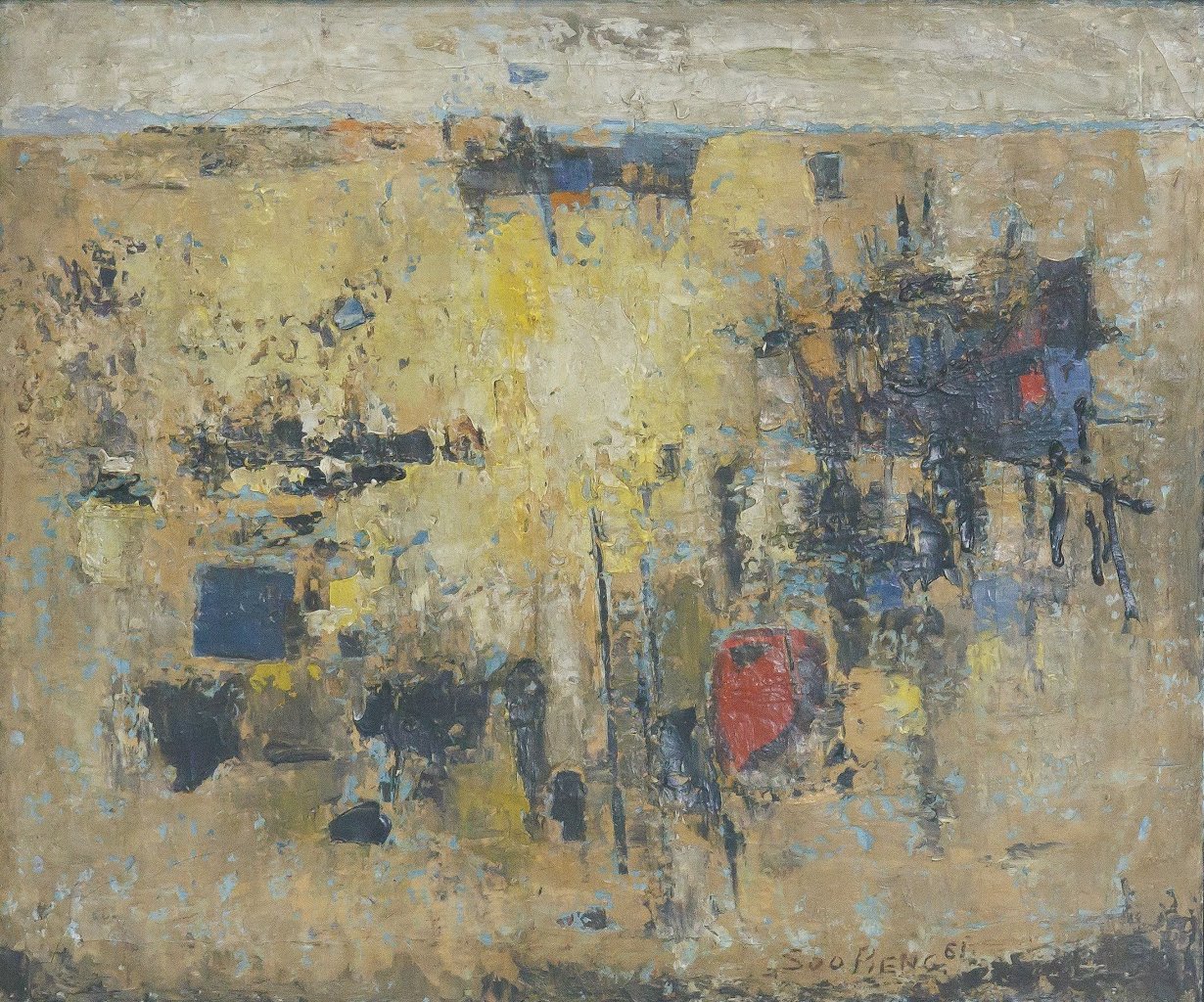
Cheong Soo Pieng
Abstract Landscape
50 x 61cm
Price Range: SGD $95,000 -$128,000
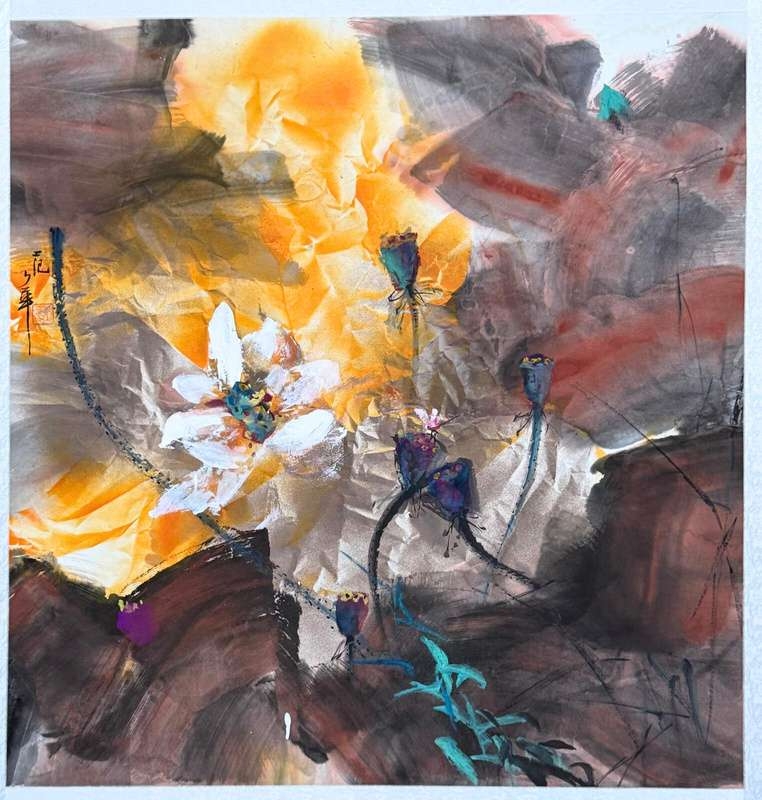
Fan Shao Hua
Chinese Ink and Colour on Paper
100 x 100cm
Price Range: SGD $9,800 - $14,800
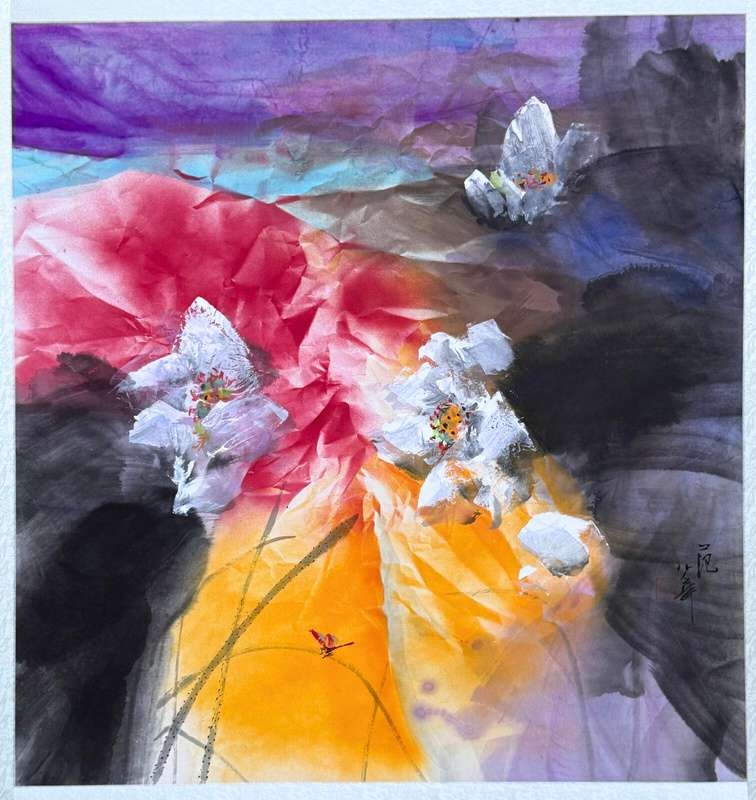
Fan Shao Hua
Chinese Ink and Colour on Paper
100 x 100cm
Price Range: SGD $8,800 - $13,800


Born in 1940, Ling Cher Eng was a second-generation Singaporean artist. Ling studied Chinese painting under the pioneer artist Fan Chang Tien (1907-1987) from 1957, when he attended Chung Cheng High School.
The literati tradition of the Shanghai School of painting as practised by Fan, which can be traced back to the Shanghai School masters Wang Geyi, Wang Yiting, Pan Tianshou and Zhu Wenyun deeply influenced Ling and resonated with his passion for ink painting.
Ling greatly admired Fan and studied under him with determination to master the arts of verse, painting, calligraphy and seal-carving, the four attributes of the literati tradition. Ling’s dedication and perseverance led him to continue his tutelage under Fan for the next thirty years from 1957 to 1987, making him the first and longest disciple of Fan Chang Tien.
Having acquired a strong foundation from Fan’s tutelage, Ling Cher Eng’s works captured the carefree and effortless expressionism of the Shanghai School xieyi style. Ling’s oeuvre spans a wide range of subjects.
Not only was he adept at classical themes of the plum blossoms, orchids, bamboo and chrysanthemum (known in Chinese as the sijunzi or ‘four gentlemen ’), Ling was also creative in applying his talents to more uncommon subjects in Chinese painting, including tropical fruits and flowers, the regional landscapes of Malaysia, Thailand and Singapore, both urban and rural; nudes and portraits, and his lively depictions of snails and sparrows among other subjects. Ling especially won recognition and praise for his paintings of plum blossoms and his landscape works, noteworthily their bold composition and for his daring use of ink as an expressive force in itself.
In his Southeast Asian themes, he painted sceneries of Singapore, Malay kampungs and Balinese landscapes, bringing to life these regional vignettes in his vigorous style which still preserves the finesse and detail of his subject matter. The largeness of spirit and expression typical of the Shanghai School can be seen in his classical themed paintings of birds and flowers. But Ling went beyond the traditions in which he was schooled, incorporating increasingly abstract qualities in his work. By the 1990s, his work in the landscape genre had included the usage of acrylic paints, making him stand out as a modern Chinese painter of the times.
Other than his personal achievements as an artist, Ling is also one of the founders of the Hwa Hun Art Society, serving as president and vice-president of the Society several times. He played a pivotal role for the promotion and education of Chinese ink painting in Singapore. He was the head of department of art at the New Town Primary School for many years, where his students often scored good results in art competitions. Through all these, Ling has contributed to the teaching of art and Chinese painting in Singapore, with dedication to his profession as a teacher and an artist.
Ling Cher Eng – an ink legacy of our time – passed away of a sudden illness while on tour with his artist friends to Taiyuan, Shanxi Province in China, in 1995. Nearly 20 years on, he is very much remembered by those who knew him, and his works are still enthusiastically mentioned among ink painting circles.
His works brought together the tradition of the Shanghai School with the regional characteristics of the Nanyang region and certain elements of Western art. All his efforts have ensured his place in our Singaporean art history.
1957 ; Learnt art from Fang Changqian (Fan Chang Tien)
1959 ; Published small personal painting album
1962 -95 ; Participated in the annual art exhibition by The Society of Chinese Artists
1967 ; Called up for 2-year National Service
1969 ; Graduated from Singapore Teachers Training college and taught at New Town Primary Schoool until demise.
1972 ; Organized the “Hwa Han Art Society” which was officially set up the following year.
1973 ; Participated in the art exhibition held by Hwa Han Art Society at the Victoria Theatre to raise fund for the building of Chung Hwa Free Clinic.
1974 ; Participated in the art exhibition held by Hwa Han Art Society at the National Stadium auditorium to raise fund for Singapore Amateur Swimming Association.
1975 – 95 ; Participated in the annual art exhibition by Hwa Han Art Society.
1980 ; Held solo art exhibition in “Art Inaction” at the National Museum Art Gallery.
1982 ; Contributed works to the building fund of Thomson Community Centre.
1984 ; Works exhibited at the Japanese Embassy in Singapore.
Participated in Singapore – Korea Joint Art Exhibition in celebration of Singapore’s 25th National Day.
1985-95 ; Participated in Teachers’ Art Exhibition sponsored by the Ministry of Education
1985 ; Participated in art exhibition to raise fund for Hong Kah Estate Education Centre.
Awarded Prize by The Society of Chinese Artists on her 50th Anniversary.
Participated in “Pan-Pacific Art Exhibition”.
1987 ; Participated in Singapore National Museum’s Centenary Art Exhibition
1989 ; Works exhibited at “Singapore – Sarawak Art Exchange held at Kuching Museum.
1988-90 ; Work selected to be exhibited at UOB Group’s Annual Art Exhibition.
1990 ; Awarded “Chen Zhichu Art Award” and Excellence Prize in the art competition sponsored by the Ministry of Information and the Arts.
Highly-commended IBM Art Award.
1992 ; Participated in the “Four-artist China Tour Joint Exhibition” jointly sponsored by Hunan Yueyang Cultural Association and Foreign Affairs.
1993 ; Participated in the “Four-artist China Tour Joint Exhibition” held at National Museum Art Gallery.
1994 ; Held “Three-artist Joint Art Exhibition” at Orchard Point.
1994 ; Participated in “Huangshan Scenery Art Exhibition” in Hefei, China.
1995 ; Participated in “95 Singapore Art Exhibition”.
Work selected to participate in the Grand Competition of Art and Calligraphy held by “Beijing International Chinese Calligraphy & Art Exposition”.
Participated in “Art Exhibition of Chinese Art Celebrities” and awarded the “Brass Tripod Prize”.
Personal particulars recorded in “A Compilation of Contemporary Chinese Art Celebrities”.
Works selected to participate in the “14th UOB Annual Art Exhibition”.
Joint art exhibition to raise fund for Hainan Clan Association.
Participated in “Yunnan Scenery Art Exhibition” held by Singapore Nanyang Art Academy.
1995 ; 11 December, Died of sickness while on a tour to Taiyuan, Shanxi Province with friends in the art circles, aged 55.
Check out this catalogue curated by us here.
Check out our blog on The Art and Life of Acclaimed Singaporean Artist Ling Cher Eng 林子影 here!


















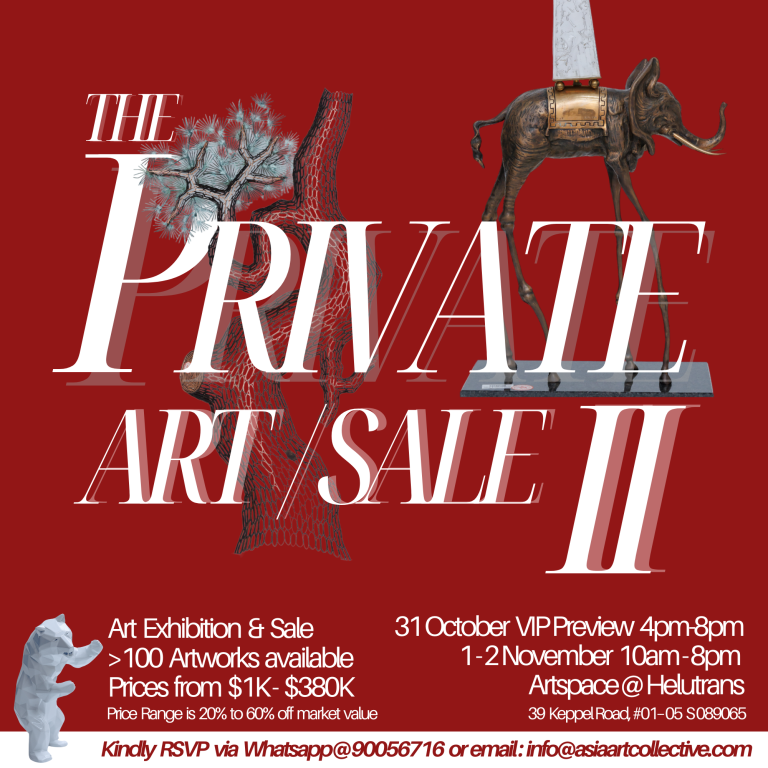
From 31 October to 2 November 2025, collectors and art enthusiasts will have an exclusive opportunity to experience Yeo Hoe Koon’s legacy at The Private Art Sale 2:
📍 Location: Artspace @ Helutrans, 39 Keppel Road, #01-05, Singapore
📅 Dates: 31 October 4pm-8pm (VIP Preview) | 1-2 November 10am-8pm (Public Viewing)
⏰ Time: 11:00am – 8:00pm daily
This highly anticipated event will present more than 100 carefully curated artworks offered at 20%–80% below current market prices, providing collectors with a rare chance to obtain meaningful pieces of Singapore’s art history while engaging deeply with the artist’s legacy.
About us – Asia Art Collective
For years, Asia Arts Collective is an advisory and consultancy specialised in Singapore and Asian Modern and Contemporary Art. Professional art services include providing clients with art advice on Mo Ni’s artwork purchase and sales, Mo Ni’s artwork valuation and assessment, art acquisition and collection planning, Mo Ni’s artworks sale and brokerage, as well as art commissioning and artwork sourcing. Asia Art Collective seeks to promote a culture of art appreciation and Mo Ni’s artworks acquisition and collection for Singapore art, modern and contemporary Asian art through its diverse and rotating art exhibitions and art appreciation programmes, courses and talks. Enquire with Asia Art Collective for advice and support and on your art-collecting journey.
Contact curator for artwork consultancy & viewing of Mo Ni’s artworks:
WhatsApp& Call : 62550711 (Office) & 67332155 (Office), 90056716 (Iola Liu), 92398226 (Iola Liu)
Email: info@asiaartcollective.com
Have any questions? Please drop us an enquiry form and we’ll respond to you as soon as we can!
"*" indicates required fields
Click and get to our WhatsApp
Embark on a captivating journey into the vibrant world of digital art! Our Foundation in Digital Art workshop invites budding creatives aged nine and above to unleash their imagination and hone their artistic skills in a dynamic, supportive environment. From mastering basic digital tools to crafting mesmerizing digital masterpieces, children will explore a spectrum of techniques guided by seasoned mentors. Through hands-on activities and interactive sessions, participants will discover the endless possibilities of digital expression while fostering creativity and critical thinking. Join us for an exhilarating adventure where young artists transform ideas into stunning visual realities, igniting a passion for digital art
In the Batik Introduction Handkerchief Painting workshop, participants will learn the traditional art of batik, a wax-resist dyeing technique originating from Indonesia. The workshop begins with a brief history and overview of batik, highlighting its cultural significance and various techniques. Participants will then observe a demonstration of applying wax with tjanting tools and dyeing the fabric. Following the demonstration, each participant will design and create their own batik handkerchief, applying wax to create patterns and then dyeing their fabric. The workshop concludes with a group discussion, allowing participants to share their creations and reflect on their learning experience.